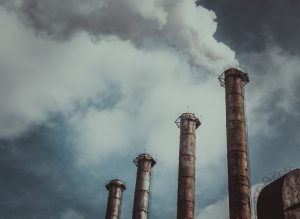
Air pollution linked to weaker bones, osteoporosis
The first study included data analysis of over 9.2 million Medicare enrollees over the age of 65. Participants were followed over the course of eight years.
The researchers determined that individuals who lived in areas with more concentrated small particulate matter in the air were 4.1 percent more likely to be admitted into a hospital for an osteoporosis-related bone fracture. This risk was seen to be higher among low-income neighborhoods.
The second study focused on 692 middle-aged low-income men. The men living in areas with higher small particulate matter and black carbon concentrations had lower levels of a hormone in the blood that is responsible for regulating calcium levels and rebuilding bones. These men also experienced greater bone loss over time in the femur and lower arm bone (known as radii).
These studies on air pollution and bone health offer a strong warning against the negative impact of air pollution.
Small particulate matter works to disrupt bone health because when it enters the body, it begins to mess up the sophisticated and complex processes that your body goes through on a daily basis to stay healthy and function properly. These particles not only enter the body but can stick and stay in your bones, which can be quite toxic.
When osteoporosis develops, your risk of fractures increases, which can be quite debilitating and lead to disability.
Even a simple sneeze is enough to cause a fracture in someone with osteoporosis. Everything a person with osteoporosis does must be done with caution, as it can result in a possible visit to the hospital.
This is why it’s so important that efforts continue to be put forth to reduce air pollution as much as possible.
Related: Osteoporosis: Causes, symptoms, diagnostic tests, and how to treat